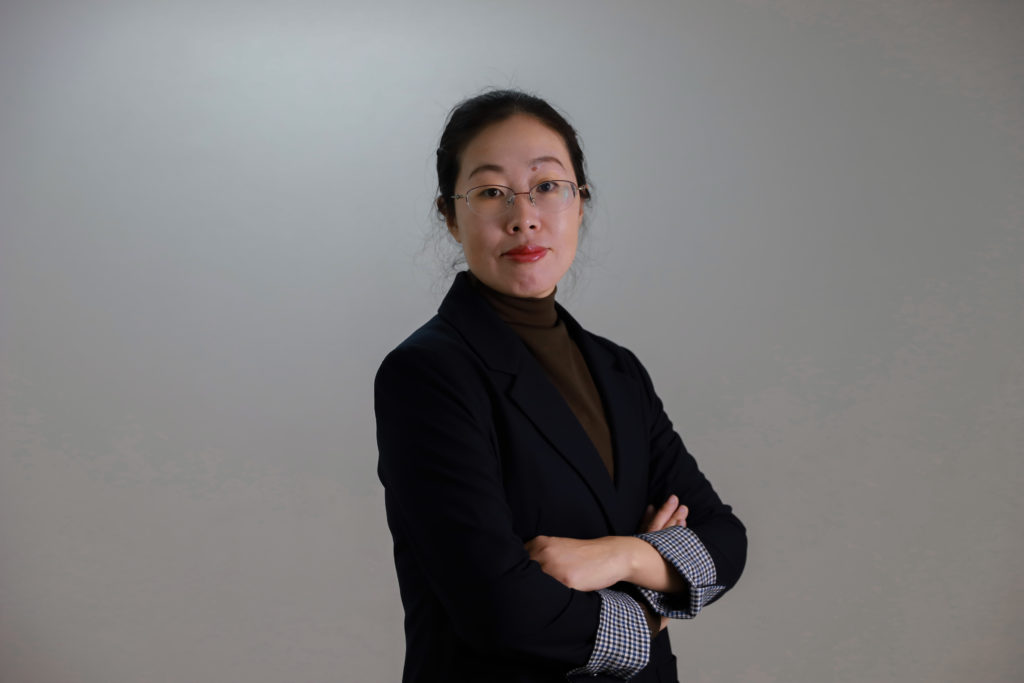China is currently undergoing one of the biggest internal migrations that any country has ever seen.
From 2016 to 2020 around 100 million people have moved from the countryside to China’s cities. This massive migration to cities means wastewater treatment plants numbers have multiplied to meet demand. At the beginning of the millennium China had around 500 municipal wastewater treatment plants; it now numbers above 4000.
Director Yanjing Zhu from the Swedish Environmental Research Institute’s China office, says that years of growing demand has led Chinese authorities and researchers to rethink how the country can use water in a better way. “Because of water scarcity, pollution, organisation and other issues, China realised that we shouldn’t see water as something to take and discard,” she said. ”We needed to change our ideas on this.”
She says that reused water in China mainly serves industry, park irrigation, and street cleaning. The current wastewater treatment plants face challenges such as high energy consumption, greenhouse gases emission and sludge. Future energy and waste requirements will likely drive the cost of these plants higher.
This problem has been known for some time; around 2013 an expert committee in China began thinking of how to develop modern treatment plants that could provide a sustainable, environmentally-friendly water supply.
A new wastewater treatment plant
The culmination of this research is a new wastewater treatment plant in Yixing, a city on China’s west coast and around 150 kilometres from Shanghai. Like many of China’s cities, it has seen its population double to 442 000 people in the last 25 years.
Each day the eight-hectare plant will be able to handle around 20 000 cubic metres of water – roughly equivalent to eight Olympic-sized swimming pools. The plant’s R&D centre will also test out different techniques to bring wastewater treatment into the circular economy by removing common chemicals found in wastewater and treating them to be reused.
”They are pollutants in our traditional way of thinking, but we should also see them as a resource,” said Ms Zhu. For example, the plant can recover and treat phosphorous to create fertiliser for farmers.
Another feature of this plant is the organic waste treatment center, where biogas is produced by anaerobic digestion of sludge and other organic matter. The plant can then use this biogas to produce electricity to help power itself. Any biogas residue can then be used as compost, once it has been checked for safety.
The plant offers China a way to test circular water solutions that can then be rolled out nationwide says Ms Zhu. This, and recent announcements from National Reform and Development Commission (NRDC) and Chinese ministries supporting circular water solutions shows that there is ”a good future” for water reuse, she says.
Forum
Ms Zhu recently spoke at the WaterShare conference held online on 14th April. The event brought experts from across Asia and Europe to share their experiences developing circular water solutions.
Conferences such as WaterShare are needed in the research community, says Dr Zhu. ”On the one hand Chinese partners say that they are looking for new technologies abroad,” she says. ”But on the other hand, these technologies perhaps already exist in Europe and abroad. Effective channels to connect China and Europe are lacking.
One benefit of the Yixing plant, she says is that it can also test new technologies from abroad to see if they work well for Chinese needs.
In the future she would like to see similar ways to communicate circular water solutions, since many solutions are equally applicable outside of Asia. ”From my perspective there should be a very good platform where stakeholders from different countries can come together through scientific workshops, matchmaking events, and conferences,” she says.
”I think this exchange should not just be in one direction; there are also some good practices from China that can be transferred to European partners.”

